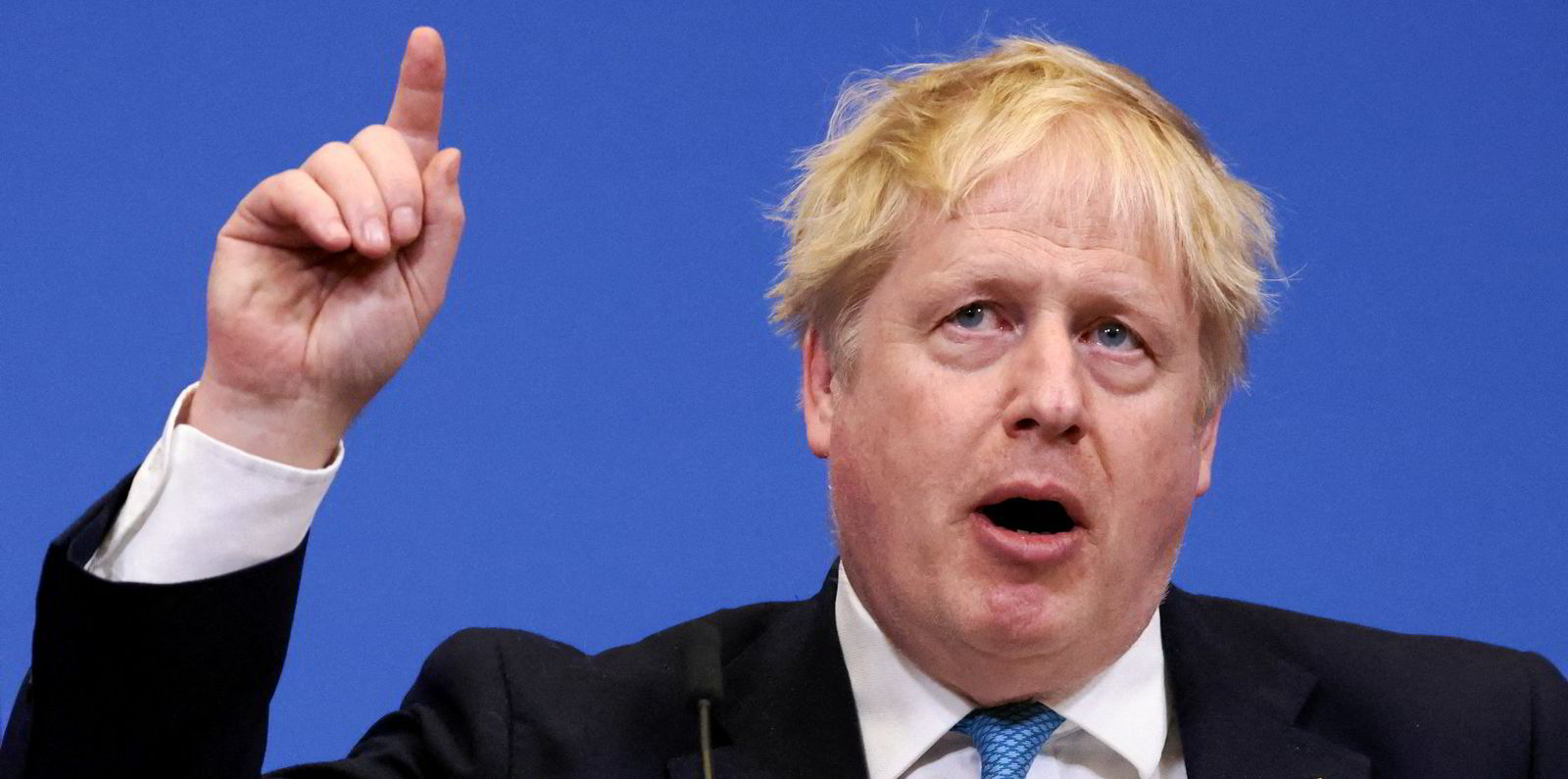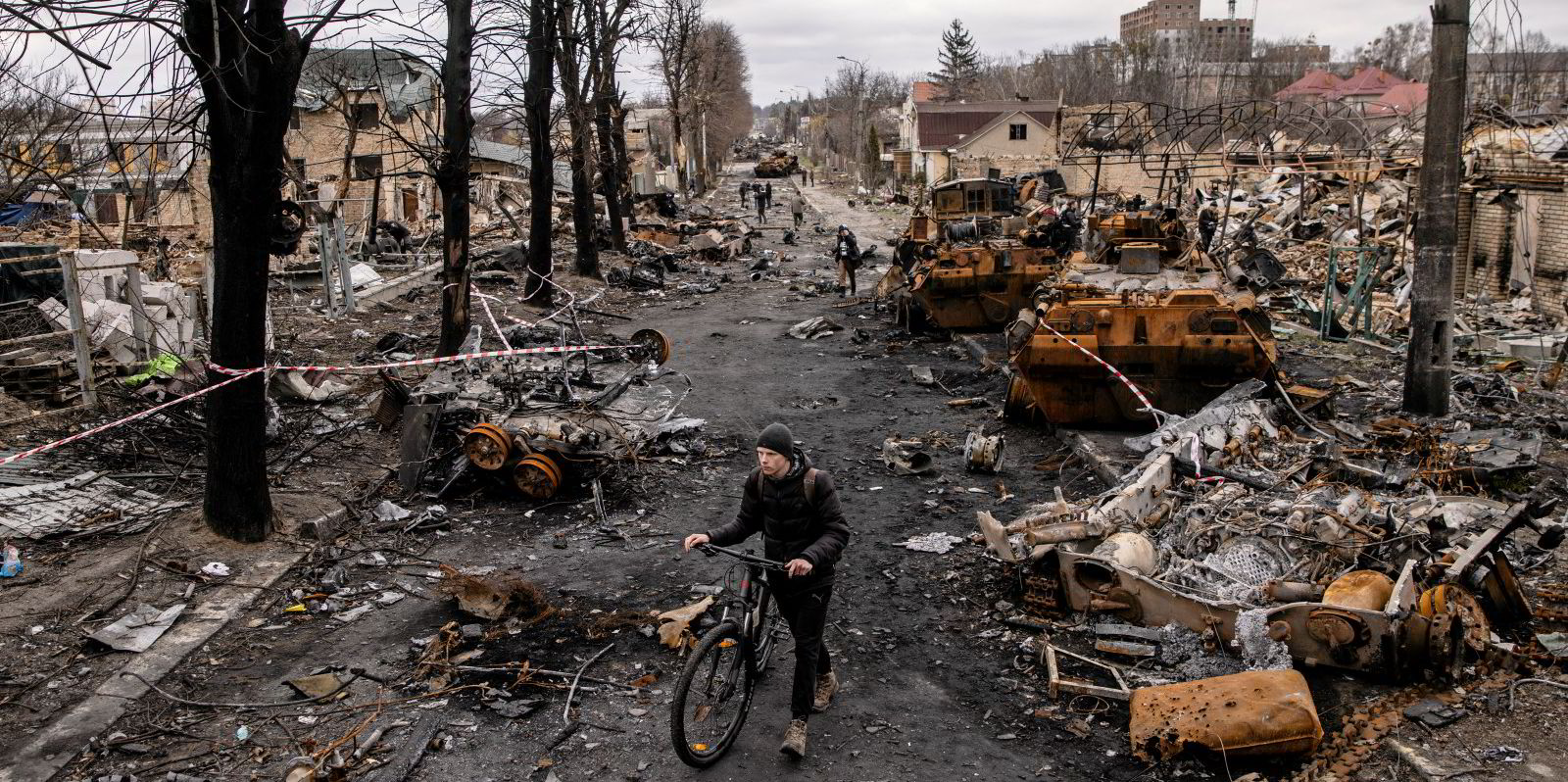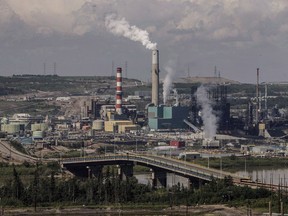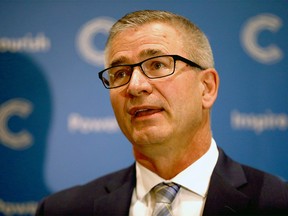Landmark report from Department of Business, Energy and Industrial Strategy highlights importance of preventing leakage from future H2 infrastructure

Illustration of hydrogen molecules.Photo: iStock
8 April 2022
By Leigh Collins
A study released on Friday by the UK government’s Department of Business, Energy and Industrial Strategy (BEIS) has found that hydrogen is twice as powerful a greenhouse gas as previously thought.
The 75-page report, Atmospheric Implications of Increased Hydrogen Use, explains that H2 is an indirect greenhouse gas, which reacts with other greenhouse gases in the atmosphere to increase their global warming potential (GWP).
“While hydrogen-induced changes in methane and ozone in the troposphere [the lowest layer of the atmosphere] have been considered previously, we have also considered, for the first time, previously ignored changes in stratospheric [that is, in the second-lowest layer of the atmosphere] water vapour and stratospheric ozone in our calculations of hydrogen’s GWP,” explain the authors, scientists from the National Centre for Atmospheric Sciences and the universities of Cambridge and Reading.

First take | UK's new plans for 10GW of hydrogen by 2030 seem illogical, contradictory and expensiveRead more

Renewables and green hydrogen in Europe will accelerate in response to Russia's war: DNVRead more
“We estimate the hydrogen GWP(100) [that is, over a 100-year period] to be 11 ± 5; a value more than 100% larger than previously published calculations.”
In other words, the study says the GWP figure is somewhere between six and 16, with 11 being the average — whereas the GWP of CO2 is one. A previous study from 2001, which has been frequently cited ever since, put the GWP of hydrogen at 5.8.
The report, which was commissioned by BEIS, continues: “The majority of uncertainty in the GWP arises from uncertainty with regard to the natural budget of atmospheric hydrogen, where the magnitude of the soil sink for hydrogen is the most uncertain factor. Future work is required to resolve these atmospheric uncertainties.”
This all means that leaks from hydrogen pipes and equipment must kept to a minimum.
“Any leakage of H2 will result in an indirect global warming, offsetting greenhouse gas emission reductions made as a result of a switch from fossil fuel to H2,” the study points out.
Hydrogen is a much smaller molecule than methane, so it would much more easily leak from existing natural-gas pipelines if they were used to carry H2, particularly around joints and if they are made from iron, rather than polyethylene or copper.
“Leakage of hydrogen into the atmosphere during production, storage, distribution and use will partially offset some of the benefits of a hydrogen-based economy,” the study explains.
“Minimisation of leaks needs to be a priority if hydrogen is adopted as a major energy source."
The report does not take into account the GWP of producing hydrogen, only the impact of H2 released into the atmosphere.
A second study, also released on Friday by BEIS, sets out expected hydrogen leakage from the production, transport, storage and end uses of H2.
The report, Fugitive Hydrogen Emissions in a Future Hydrogen Economy, states that with 99% confidence, electrolysis production of H2 would result in 9.2% of the hydrogen produced making its way into the atmosphere through “venting and purging”, but this would fall to 0.52% “with full recombination of hydrogen from purging and crossover venting”.
The study, commissioned by BEIS and written by Frazer-Nash Consultancy, says that the worst offender for H2 leakage would be tanker transport of liquid hydrogen, with 13.2% of its cargo leaking into the air, followed by above-ground compressed-gas storage (6.52%), fuel cells (2.64%) and refuelling stations (0.89%). All other production, transportation, storage and uses of hydrogen would see leakages of less than 0.53%).
The full reports are available here and here.
STUDY CALCULATES EMISSIONS SAVINGS, BUT BASED ON A DUBIOUS SCENARIO
The first study sets out calculations of hydrogen emissions based on leakage rates of 1-10%, but uses a scenario in which all fossil fuels used for heat and cooking in buildings today is switched to pure hydrogen.
“In our illustrative future global hydrogen economy scenario, we estimate additional H2 emissions of between 9 and 95 Tg [million tonnes] per year [from leakage rates of 1-10%]. Using a H2 GWP(100) of 11, this is equivalent to… carbon dioxide emissions of about 100 and 1,050Tg per year, respectively.”
This scenario is based on an unlikely world in which “100% of the final energy consumption of fossil fuels in the buildings sector switches to H2, along with 50% of the final energy consumption of fossil fuels in the transport sector and 10% of the final energy consumption of fossil fuels in the power generation sector”.
At least 16 independent studies have shown that heat pumps are a far better alternative to hydrogen when it comes to heating homes.
The report adds that H2 replacement of fossil fuels, under this unrealistic scenario, would lead to an expected GHG reduction of about 26 billion tonnes per year, with a further reduction of about 1.2 billion tonnes annually due to reduced methane emissions.
“Therefore, in this global scenario, the increase in equivalent CO2 emissions based on 1% and 10% H2 leakage rate offsets approximately 0.4 and 4% of the total equivalent CO2 emission reductions respectively.”




 Save Old Growth protesters blocked Highway 1 Friday morning (April 8), calling on an immediate end to old-growth logging in B.C.Save Old Growth
Save Old Growth protesters blocked Highway 1 Friday morning (April 8), calling on an immediate end to old-growth logging in B.C.Save Old Growth







